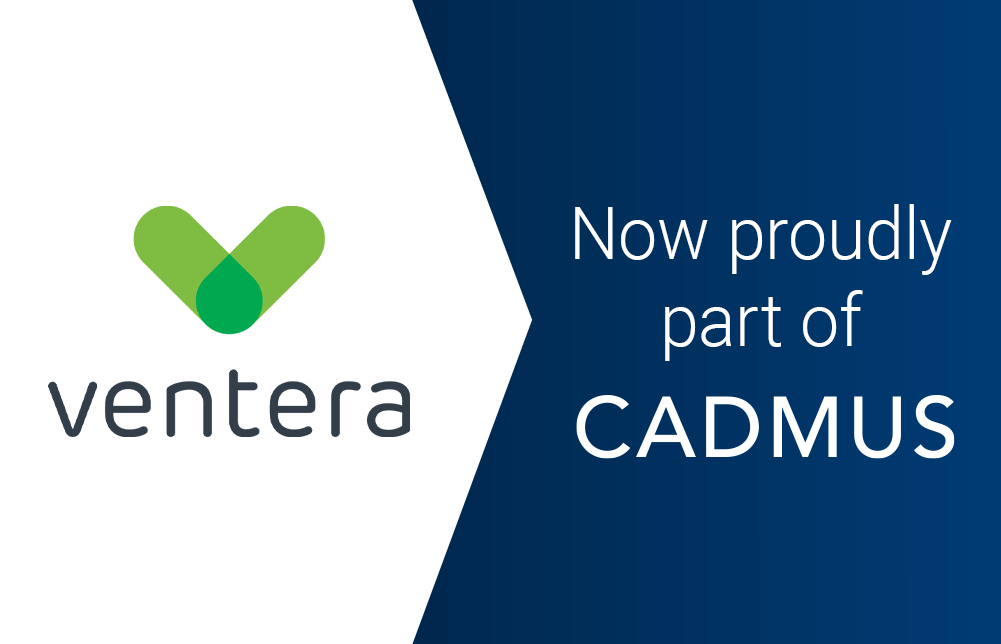Innovation isn’t a result. It’s the capacity to see change as an opportunity to do something better — instead of a threat. Long the locked-down domain of visionaries, innovation is now required for survival in any market. But pure inventiveness doesn’t cut it these days. Innovation is a moving target. You’ve got to move fast and deliver value to customers even faster.
For years, software teams leaned hard on big-bang launches, which can end up a little like throwing a Molotov cocktail. Toss the whole thing over the fence to users and hope the blowback doesn’t hurt too much. Then came Agile.
Agile is an iterative approach to software development that helps teams deliver value faster, in bite-sized increments. It’s a philosophy, a lifestyle. Requirements, results and the way forward are continuously evaluated and refined so teams can rapidly respond to change.
So, Agile moves the needle faster. But at Ventera we knew, by itself, Agile didn’t necessarily prevent that potential blowback — the rage fueled by poor user experiences, the feature that doesn’t make sense or the function you didn’t realize makes the whole thing crash. That’s where user-centered design (UCD) comes in.
Research-driven and people-focused, UCD involves the user at every phase of the product development lifecycle. This iterative framework keeps users — and your entire team — actively involved in our process and at the forefront of our design decisions. Users can make or break the success of your product. Why not tailor it to their needs?
What is User-Centered Agile Development?
With years of Agile expertise under our belts, Ventera customized our approach to Agile — and took it a step further.
User-centered Agile development is a unique practice that elevates and strategically weaves research and user validation into Agile engineering. It has revolutionized the quality of products Ventera can build and helped our clients in the commercial and government sectors modernize the way they solve problems.
But there’s more to developing a new practice than slathering an existing Agile team with UCD principles. In fact, Agile and UCD aren’t often seen as a natural pairing. It’s taken time, practice and understanding, but we’ve discovered otherwise.
A Match Made in Tension
UCD begins with discovery. It’s sitting down and digging into the problem space, finding out all you need to know about your user to start designing a solution that meets the user’s needs. It’s an upfront investment that pays dividends in product success.
On its face, the front-loaded UCD discovery phase alone breaks covenants of Agile. And in some organizations the tension can be palpable. Research by the Scrum Alliance found 70% of agilists feel tension between their teams and the rest of their companies because they’re moving at different speeds and taking different paths.
Scrum, in particular, minimizes upfront planning in favor of ongoing discovery, rolling requirements gathering and working code. It’s often assumed that discovery adds time to the entire product development lifecycle. (It doesn’t.) What’s more: discovery gets mistaken for a siloed activity for designers that doesn’t involve developers, violating the cross-functional teamwork essential to Agile.
Too often neither team fully understands how the other one works or why they wholeheartedly follow the philosophy they do — or that the two aren’t as disparate as people think. Agile and UCD aren’t simply ways to work; they’re ways of life. People on each side get defensive. Sometimes they feel elbowed out.
But Ventera’s Head of CX & Design Tanya Netayavichitr asks: why aren’t your developers involved in discovery?
Rather than ignore the tension between UCD and Agile, Ventera steps into it. Like any good relationship, you can let the tension break you — or harness it to make that relationship something powerful.
“When our developers and other non-design players participate in discovery, they can more keenly see the business, empathize with users and understand our vision,” she says. “They’re excited to join brainstorms, sketch studios and user interviews.”
Netayavichitr believes it’s enlightening for developers to see the human beings they’re building valuable products for, and it can change the way they solve problems.
Working software, a primary measure of Agile progress, can also become a point of tension between UCD and Agile. The thing is: software is incidental in UCD. How easily users can achieve objectives is more important than actual code.
Designer-led sprints, like the discovery phase, don’t simply produce research reports, personas and sketches. As Ventera CEO Robert Acosta explains, user-centered Agile means designers can rapidly prototype and test features ahead of development, advancing products far more efficiently than your typical Agile sprint.
“Investing in proper research and testing through designer-led sprints reduces development time and satisfies user needs,” he says. “Asking real human beings what they want means we end up building the right thing.”
The Iterative Nature of Change
User-centered Agile development at Ventera took time and iterations to catch on, and it’ll keep evolving that way.
Central to the success of this movement, however, is what Acosta calls “been there, done that expertise.” There’s more to cultural change management, he says, than being able to talk the talk. People need to follow your lead and trust you’re taking them the right way.
Head of CX & Design Tanya Netayavichitr and Vice President of Solutions Architecture Mike McKinney are those kinds of experts. They’ve been there, done that and now work together to evangelize UCD in Agile. They know that hands-on experiences, like training and participation, are game-changers that lead to aha! moments, turn team members into subject matter experts and can trigger wider change.
“When team members — and clients — see the quality of what we can produce with this approach, user-centered Agile development speaks for itself,” says McKinney.
But none of that change can happen, he explains, without an open mind. That means McKinney and Netayavichitr work together closely to refine their approaches to opening minds, increasing adoption and deepening maturity.
“We keep these practices joined at the hip,” he says. “We share lessons from our respective practices, we share our bruises, challenges and wins in change management.”
That’s the key in user-centered Agile. Your goal is to understand the problems that need to be solved, who needs to solve them and how you can continuously improve the tools you give them to reach their goals. Like innovation, human behaviors are a moving target. But by putting users at the center of our Agile engineering processes, we dare to see change as an opportunity to create something better, every time.


